
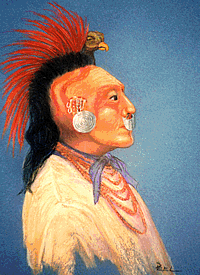

In ancient times, the Caddo were "lords" of the East Texas woodlands and far beyond. Their villages and farms stretched for miles along the wide Red River, the Neches, and the Sabine. The Caddo people were farmers, hunters, builders, artists, traders, warriors, dancers, and priests. They were fathers, and mothers, sisters, and brothers.
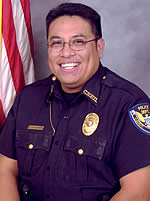
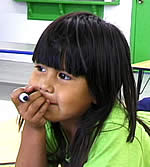
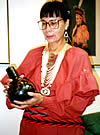
Today, the Caddo have many of the same jobs, talents, and skills, but they have adapted these to the modern, 21st-century world.
There are still Caddo farmers, but today they plow their fields with tractors rather than poke the ground with wooden digging sticks. There are still Caddo warriors, but they wear the uniform of a policeman or U.S. soldier rather than the face paint and feather robe of the warriors hundreds of years ago. There are still Caddo builders, but they use table saws and nail guns rather than stone tools and leather ropes to construct their homes.
Today the Caddo are much like any other residents of the United States, except for an important difference. The heritage of the Caddo in Texas, Louisiana, Arkansas, and Oklahoma goes back more than 1000 years! The Caddo people are proud of their long heritage and preserve as much of it as they can, just as they have always done, by passing traditional knowledge from tribal elders down to the younger generations.
Sharing Memories Through Time
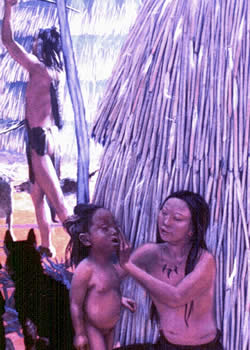

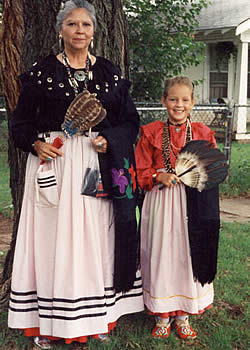
How long ago did your ancestors come to America? For most people, the answer is not more than 300 or 400 years ago. Most people probably know where their grandparents, great-grandparents, and even great-great grandparents may have lived. They may know a little about several generations of ancestors before them. If you are lucky, you might know information about your family going back 10 or 15 generations.
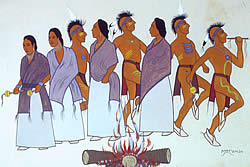
Can you imagine having ancestors who lived here for 1000 years? That's 50 generations!
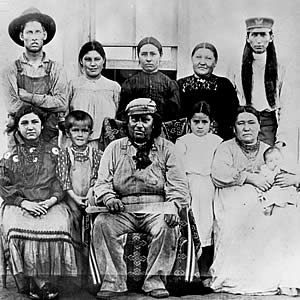
Although the Caddo were forced to move from their ancient homeland in the early nineteenth century (about 150 years ago), they tried to preserve their memories. In Indian Territory, today's Oklahoma, they kept their traditions alive by remembering Caddo stories, songs, dances, and music, many in the native Caddo language. Today, the Caddo continue to honor their ancestors by making sure that Caddo traditions are not forgotten. Passed on through many generations, these traditions run deep in the Caddo tribe.
Throughout the year, members of the tribe gather for festivals and celebrations on important occasions. The women and young girls wear bright costumes with colorful ribbons. Stepping in time to the rhythm of the Caddo drummers, they dance the traditional dances taught to them by their mothers, aunts, and grandmothers. Some dances, like the Turkey Dance, are so old that no one can still remember the meaning of all the parts and songs of the dance.
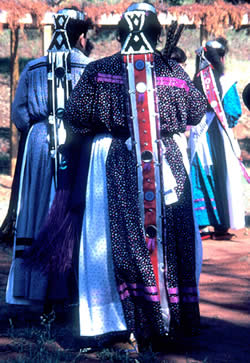
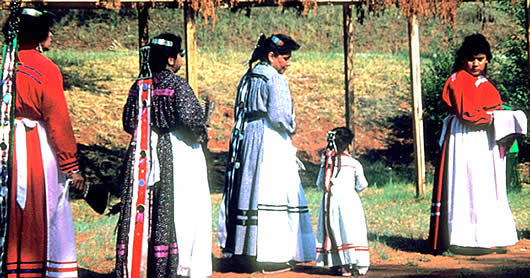
The men gather in a circle to beat the drums and sing songs that were sung to them by their fathers, their grandfathers, and their great-grandfathers before them. They sing and chant the words in the old language and old style that may sound mysterious today.
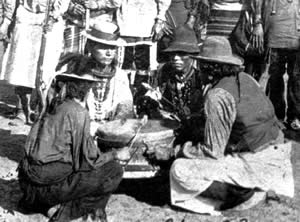
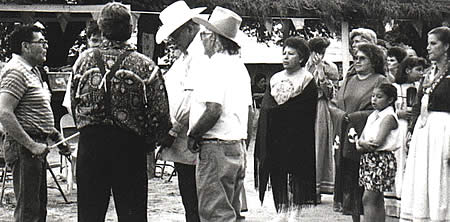
Lowell Edmonds, a drummer and member of the Caddo tribe, knew many of the old songs. Some of them tell stories, like the song of the Redbird. Click to hear the song.
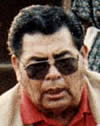
Redbird [Yawdawsh, in Caddo language]
Redbird, redbird
He got scared, he flew up out of the bush.
It must be getting close to daylight.
Another song is about a near encounter with a Comanche:
The Comanche was waving his hand.
Go ahead, friend, go tell about this.
He thought he would, he wanted to,
He didn't see me, the Cadohadacho
At the festivals, you can smell the delicious aroma of frying bread and other traditional foods. Many Caddo women remember how to cook and preserve food in the old style.

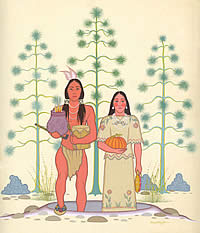
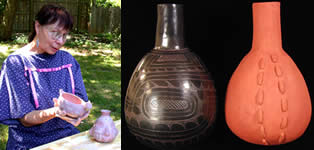
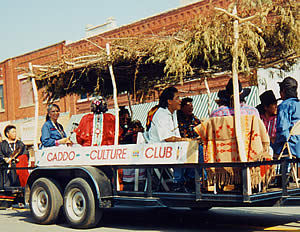
Other Caddo women have brought back ancient pottery-making traditions. When Jeri Redcorn saw beautiful Caddo pottery in museums, she decided to learn how to make it herself and revive the lost tradition. She used pots more than 800 years old as models and copied their designs. She forms the pots in the same shapes her ancestors did. She decorates them with the amazing engraved designs she sees on the old ones: circles, dots, dashes and spirals. Some have animals perched on their rim, just like the pottery of ancient times.
Some Caddo preserve the Caddo stories and legends in colorful paintings.
Some Caddo just like to gather for companionship and fun.
Credits: Audiotapes by Lowell Edmonds, courtesy of the Oklahoma Arts Council (Remaining Ourselves: Music and Tribal memory, 1995, produced by Dana Bowker Lee, State Arts Council of Oklahoma, Oklahoma City.)
